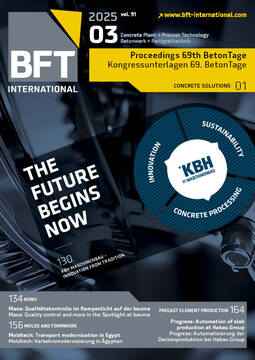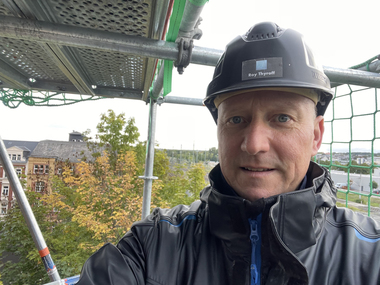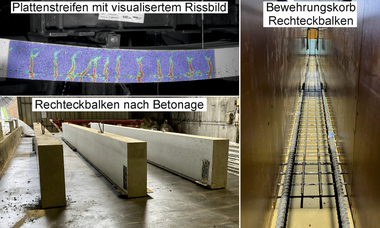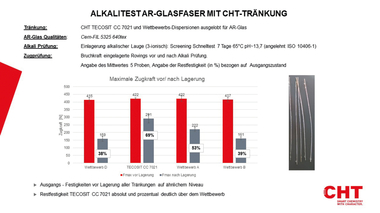Torsional capacity of structural concrete components with non-metallic reinforcement
To make reinforced concrete components more durable, and thus more sustainable, extensive research into the field of non-metallic reinforcement (NMR) has been conducted in recent years, giving rise to the development of various applications. However, despite the experience gained so far, there is still a lack of in-depth knowledge regarding the torsional load bearing behaviour of structural concrete components with NMR. Accordingly, the current version of the “Betonbauteile mit nichtmetallischer Bewehrung” guideline published by the German Committee for Structural Concrete (DAfStb) does not contain any specific rules governing torsional design, which is, however, essential for designing bridge structures or edge beams in building construction.
To close this gap and to further exploit the potential of NMR, reports on torsional tests of structural concrete components with NMR currently available in the international literature were searched, reviewed, compiled in a database, and evaluated in a research project funded by the DAfStb. In addition, experimental torsional tests on beams with NMR were conducted to gain detailed insights into their torsional load bearing behaviour. The focus of this research was on basalt fiber reinforced rebars, which has a lower modulus of elasticity compared to other types of non-metallic reinforcement and thus allows the regidity effects that occur as a result of torsional loading to be more cleary identified. Based on the evaluation of the database and the experimental testing program, an initial approach to the torsional design of structural concrete components with NMR was developed, which could significantly expand the future range of uses of NMR.









